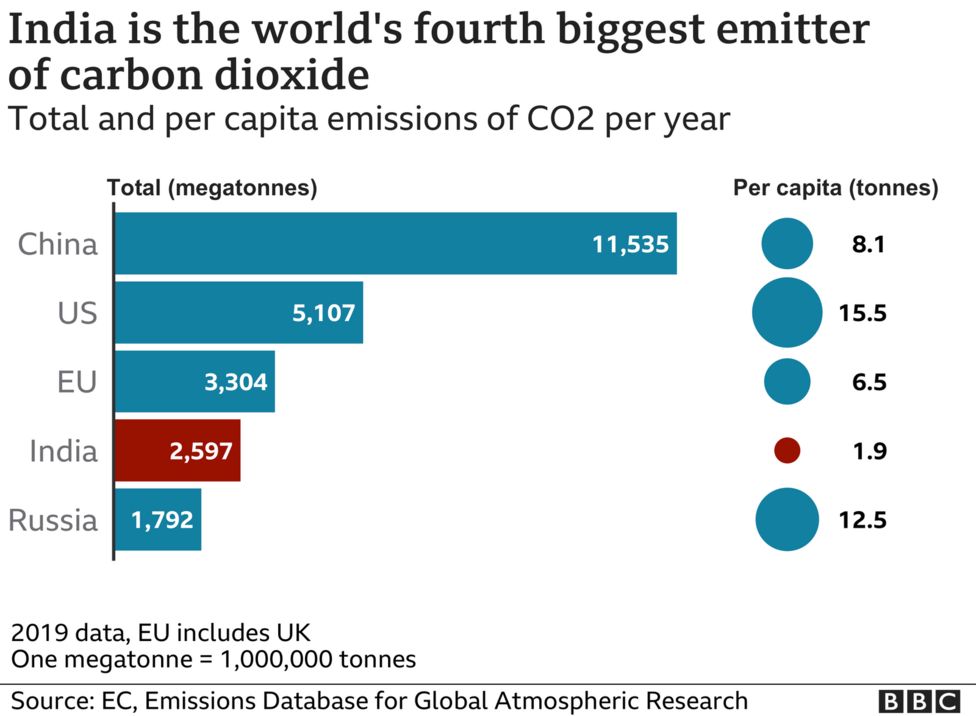India and UK will together launch the initiative for the Resilient Island States (IRIS) for developing infrastructure of small island nations in COP26.
According to CDRI estimates, every one dollar invested in making infrastructure more resilient in low- and middle-income countries can potentially save losses of over $4 when a disaster strikes.
Researchers from the World Mosquito Program (WMP) have found a way to fight disease-bearing mosquitoes by breeding Aedes aegypti mosquitoes, which carries Wolbachia bacteria.
According to the World Health Organization (WHO), global dengue infections have risen rapidly in recent decades, with about half of the world's population now at risk. An estimated 100-400 million infections are reported every year.
Indian Prime Minister announced as part of a five-point Climate Action plan at the COP26 summit in Glasgow.

Reference